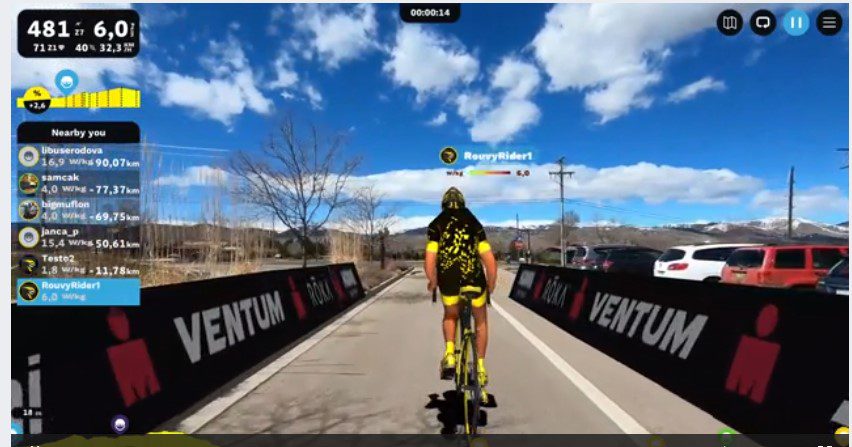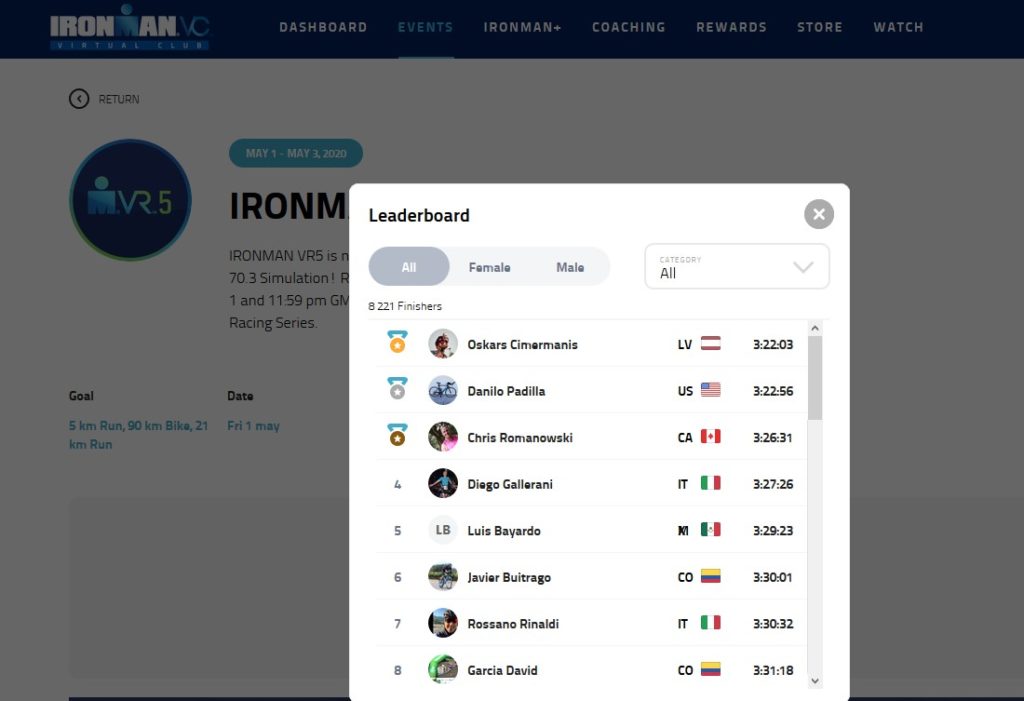No more fake times: Ironman looks to regulate Virtual Racing
New rules are coming to try to ensure that Ironman VR racing will be fair.

60 km/ h bike splits, sub-four hour half-distance times … Ironman’s Virtual Races have been fraught with questionable performances.
Even when people aren’t putting down weights they haven’t seen since high school to improve their power-to-weight ratios, athletes have been coming up with imaginative ways to improve their times during the Ironman VR races the company launched in April.

During a press briefing last week, Ironman CEO Andrew Messick described how one athlete managed to post a stellar bike time during one Ironman VR race.
“They started their ride at an altitude of 2,700 m, then did the entire 40 km downhill,” Messick said. “Based on the current format, that athlete broke no rules.”
Messick feels that it’s important, though, to revamp the Ironman VR program, to ensure that athletes can’t bend the rules or outright cheat for better performances. That will be even more important if Ironman looks to use the VR races as a qualifying opportunity for events like the Ironman 70.3 World Championship, as was originally outlined with the VR program was announced.
Related: Ironman announces virtual racing
“We have to put in reasonable safeguards,” he said. “Our Ironman o’hana (family) have to believe its fair.”
With that in mind Messick outlined some of the new rules and standards Ironman is looking to put in place to ensure Ironman VR events offer less opportunity to enhance performance:
- 12-hour time frame. Athletes will have 12 hours to finish all of the events in the VR race.
- Continuous efforts. Currently athletes can split any effort up into a bunch of smaller legs. That won’t be allowed in the future – Ironman is working on technology that will ensure each leg is done as a continuous effort.
- Runs will have to be done outdoors. Since there can be so much variability with treadmills, run efforts will be standardized to take place outside. “We couldn’t figure out how to craft a fair race on a treadmill,” Messick said.
- Bikes will be done on trainers using the Rouvy platform. Athletes will also have to complete the designated course for the Ironman VR competition.
- Ironman is looking into creating a “biological athlete passport” which will be able to monitor performances over time and therefore highlight sudden jumps in performance.
There will no-doubt need to be other safeguards put in place before Ironman would be ready to recognize the Ironman VR races as being truly competitive, but the above measures will certainly be a start.
